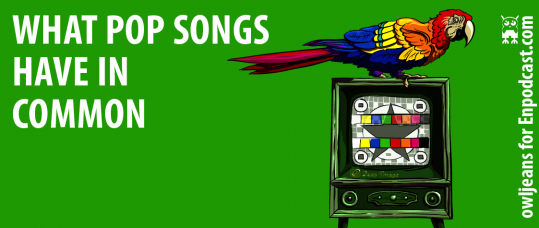Have you ever noticed that most pop songs sound almost the same? Well, you aren't wrong. Scientists have discovered that most pop music repeats the same four chords. As something becomes more popular, it becomes more similar and follows the same formula for success. Many of music's patterns and metrics have been used in much the same way for the past 50 years.
When a genre increases in popularity, it becomes even more generic. People even begin to dislike music if it is more complex than they're used to hearing. And record companies are interested only in promoting music that they already know will sell. So when Taylor Swift makes a hit, other artists follow the same formula.
It's not just the music but also the singing. Most leading singers also use the same short melodic sequence. They frequently repeat two notes of a major scale over and over again. It often uses the sound “oh”, such as a “wa-oh-wa-oh” pattern. The musician Patrick Metzer calls this the Millennial Whoop. To test this idea, just listen to Katy Perry's “California Gurls”, Fall Out Boy's “She's My Winona”, Frank Ocean's “Ivy”, or most other pop songs.
But there's a point when everyone becomes tired of the same sounds. That's when a space is created for the introduction of a revolutionary sound. In his time, Mozart radicalized music by introducing a completely different, original style. It could be that we've come again to a time when the environment is ready for a new genre of music.
Podcast

Прослушало
36
What Pop Songs Have In Common
Have you ever noticed that most pop songs sound almost the same? Listen to our podcast and find out why.
Voiced by Vivica Williams
You may also like















